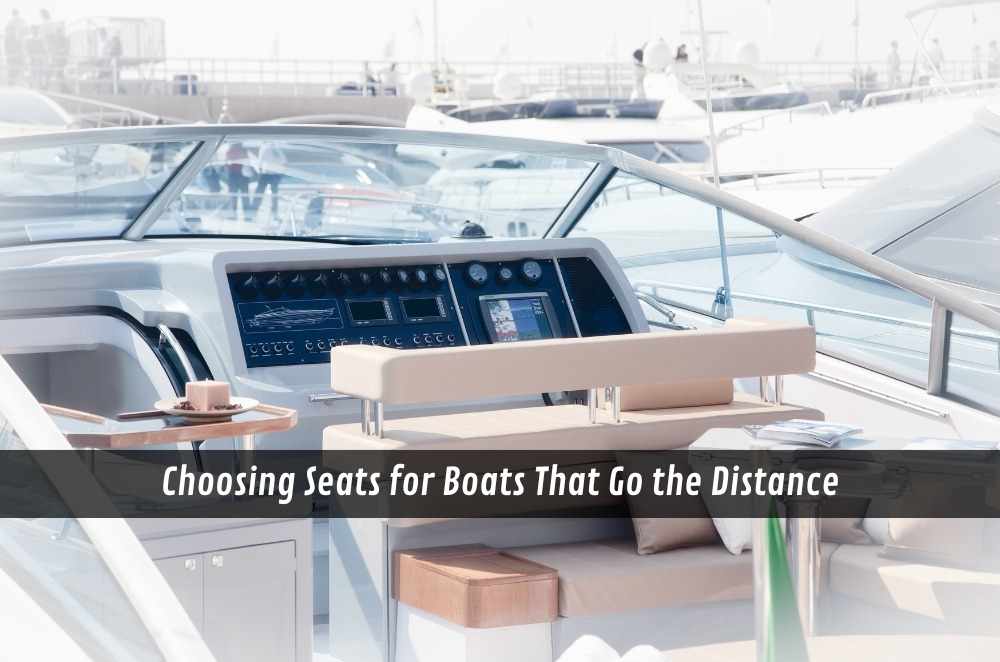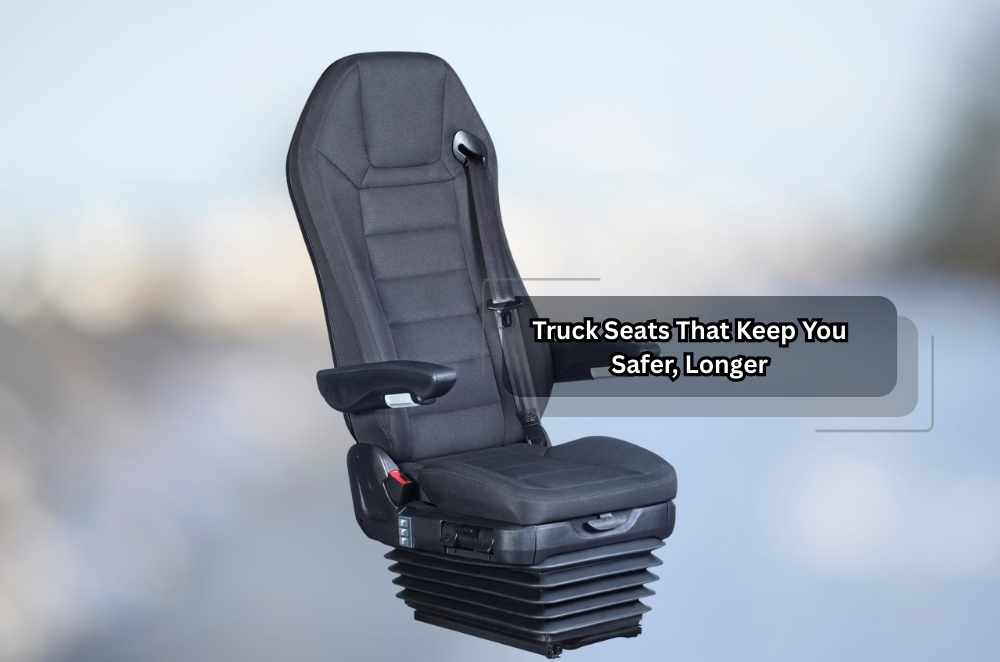
Seats for boats aren’t just cushions; they decide how long we stay out, how safely we move, and how our backs feel after a messy run home. Early on, we learned that boat seating needs to handle heat, glare, spray, and the odd hard landing, without giving up on support. Frames mustn’t wobble. Vinyl shouldn’t stick or crack. Stitching can’t fray after one rough season. We look for foam that breathes, hardware that won’t seize, and designs that let us stand quickly when conditions flip. Get those right, and you’re not pampering anyone; you’re protecting crew, hull, and trips that actually finish with a grin. Even on ugly days out.
What matters most in marine seat comfort?
The big factors in marine seat comfort are support, shock control, and posture. When those three work together, long hours stay manageable and reactions stay sharp. Good seats spread pressure across base and back, so hips sit level and shoulders don’t tense up. Resilient foam springs back after hammering, while modest bolsters keep us stable without cutting circulation. Breathable, UV tough vinyls stop the frying pan effect. Smooth swivel and lock hardware helps us face the work, then brace for chop. If you’re tuning a refit, our notes on choosing seats for boats stick to fit, movement, and durability without the fluff.
Firm, breathable foam beats spongy pads
Lockable swivels reduce fatigue and slips
Supportive bolsters aid quick stand-ups
How do we balance comfort and safety?
We balance comfort and safety by locking down structure first, then tuning feel so fatigue doesn’t dull judgement. A seat has to manage the body and the motion at once with a mix of fixed strength and measured give. Start with hardware that won’t corrode: stainless bolts, sealed plywood or composite bases, and pedestals that don’t flex under load. Add shock damping where it counts, but avoid tall, springy stacks that only magnify roll. Keep seat height sensible for stability and sightlines. In rough stuff, a flip up bolster lets you stand, lean, and steer without losing support or control.
When should you replace boat seats?
You should replace boat seats when support sags, hardware loosens, or coverings split beyond a quick patch. Those cues say the structure’s giving up, and risk is walking aboard. Sagging foam and cracked vinyl often mean trapped moisture below, while a wobbly pedestal can mess with steering and balance. Swapping early beats nursing fatigue and chasing rattles across the deck. Newer designs with ergonomic shaping and marine grade materials restore that easy control old seats quietly steal. Materials pairing firm cores and flexible vinyl, the kind used in durable marine seat construction, show how build quality lifts both safety and endurance.
Final thoughts
Choosing a sound boat seat is not indulgence; it is insurance against fatigue when the water turns ugly. The right build supports posture, softens impact, and stays solid after years afloat. Focus on materials, fit, and secure mounting to avoid mid season fixes and sketchy handling. We trust designs that pair firm cores with coverings proven in durable marine seat construction; comfort follows, and safety holds. Trip after trip out.







Write a comment ...